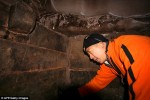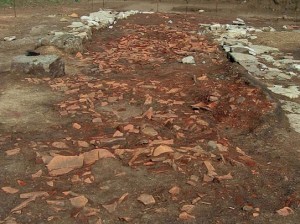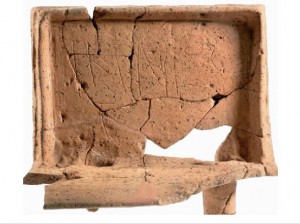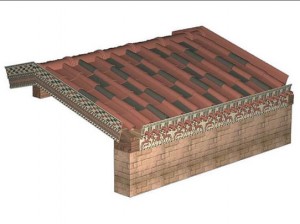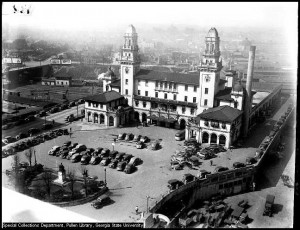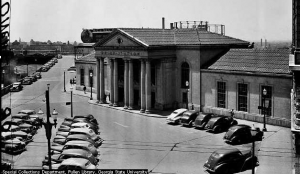A member of the ark-hunting team who made the purported discovery has expressed doubts about the veracity of the find. Not just about its being the Ark itself, mind you, but about whether the whole thing is a deliberate hoax.
Dr. Randall Price, an evangelic Christian professor at the Jerry Falwell-founded Liberty University in Lynchburg, Virginia, was the sole archaeologist on the team in 2008 when they first discovered the wooden structures on Mount Ararat. He wouldn’t get into specifics with the Christian Science Monitor, but he did tell them that he had “difficulties with a number of issues related to the evidence at hand.” He also confirmed that he had sent a certain email which has now leaked in which he claimed the wood was planted.
From the email:
I was the archaeologist with the Chinese expedition in the summer of 2008 and was given photos of what they now are reporting to be the inside of the Ark. I and my partners invested $100,000 in this expedition (described below) which they have retained, despite their promise and our requests to return it, since it was not used for the expedition. The information given below is my opinion based on what I have seen and heard (from others who claim to have been eyewitnesses or know the exact details).
To make a long story short: this is all reported to be a fake. The photos were reputed to have been taken off site near the Black Sea, but the film footage the Chinese now have was shot on location on Mt. Ararat. In the late summer of 2008 ten Kurdish workers hired by Parasut, the guide used by the Chinese, are said to have planted large wood beams taken from an old structure in the Black Sea area (where the photos were originally taken) at the Mt. Ararat site. In the winter of 2008 a Chinese climber taken by Parasut’s men to the site saw the wood, but couldn’t get inside because of the severe weather conditions. During the summer of 2009 more wood was planted inside a cave at the site. The Chinese team went in the late summer of 2009 (I was there at the time and knew about the hoax) and was shown the cave with the wood and made their film. As I said, I have the photos of the inside of the so-called Ark (that show cobwebs in the corners of rafters – something just not possible in these conditions) and our Kurdish partner in Dogubabyazit (the village at the foot of Mt. Ararat) has all of the facts about the location, the men who planted the wood, and even the truck that transported it.
Damn, yo. If true, I have to give the expedition credit for commitment to their con. Dr. John D. Morris, a consultant to the Chinese team and president of the Institute for Creation Research, declined to join the press conference and is withholding judgment until he sees some real evidence, but he points out to the CSM that hauling all that wood up 12,000 feet of snow-covered mountain then cramming it into the ice would be a dramatic feat. You’d need major heavy machinery to accomplish it.
It seems to me the con could be a lot more simple than that: pocket money from avowed Ark-hunters, take pictures and video from other sites, make a big splashy announcement with zero confirmable information and enjoy the publicity and further riches that inevitably ensue. If they disappear from this point onwards, the story will just fade away, one of a million media microfurors that get zero follow-up.
